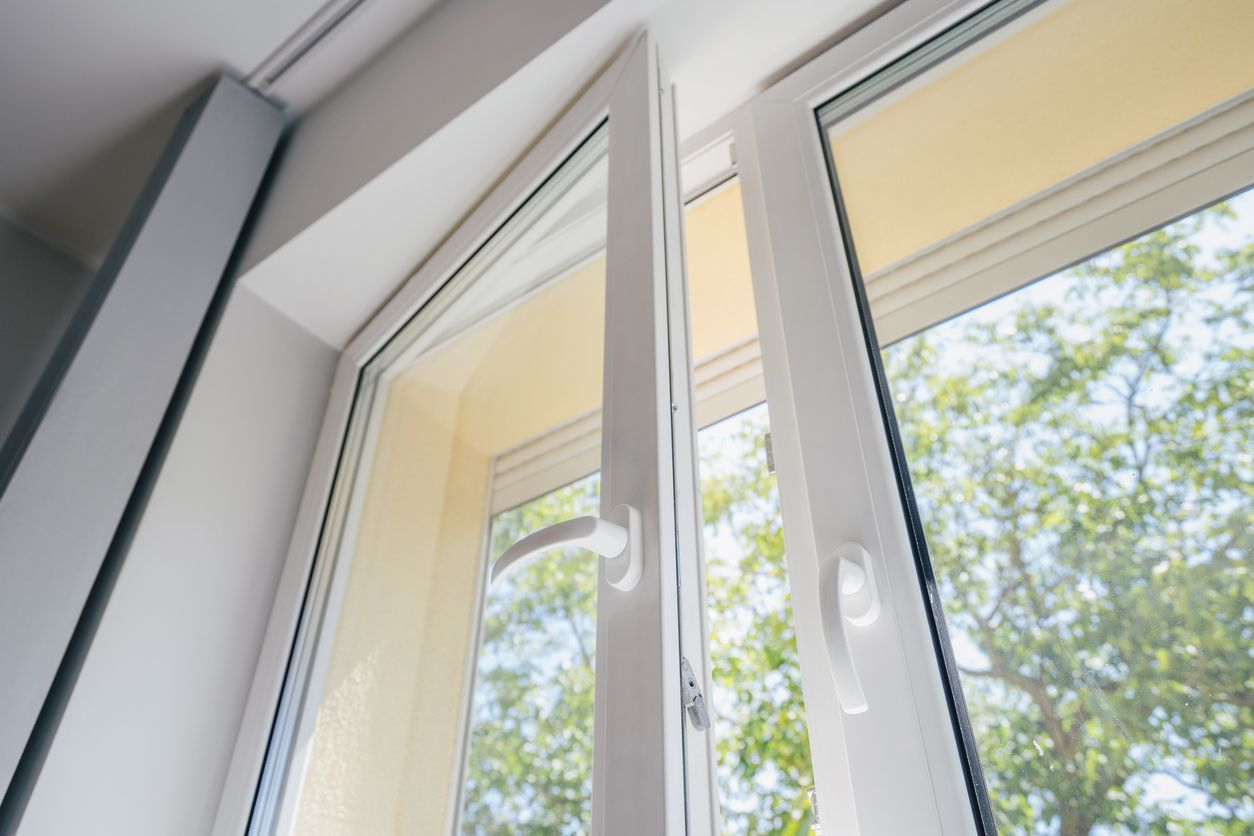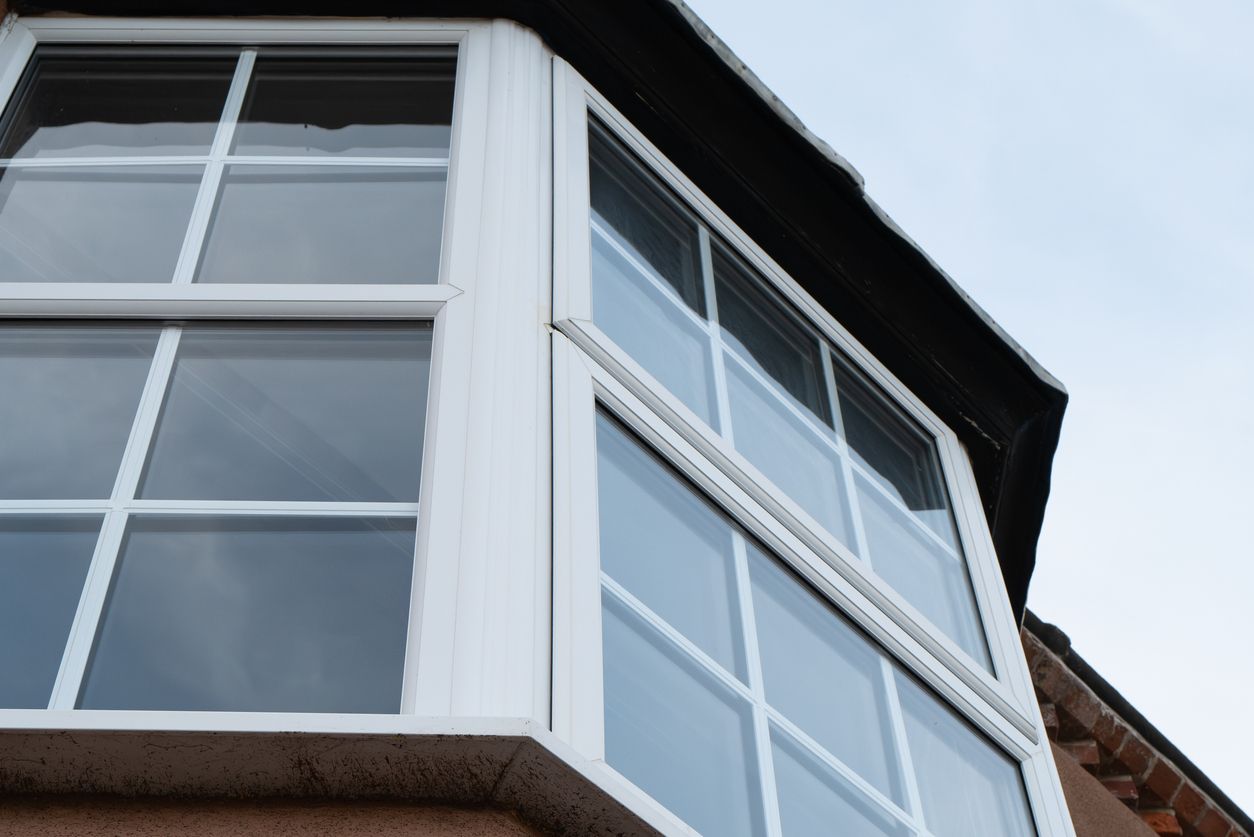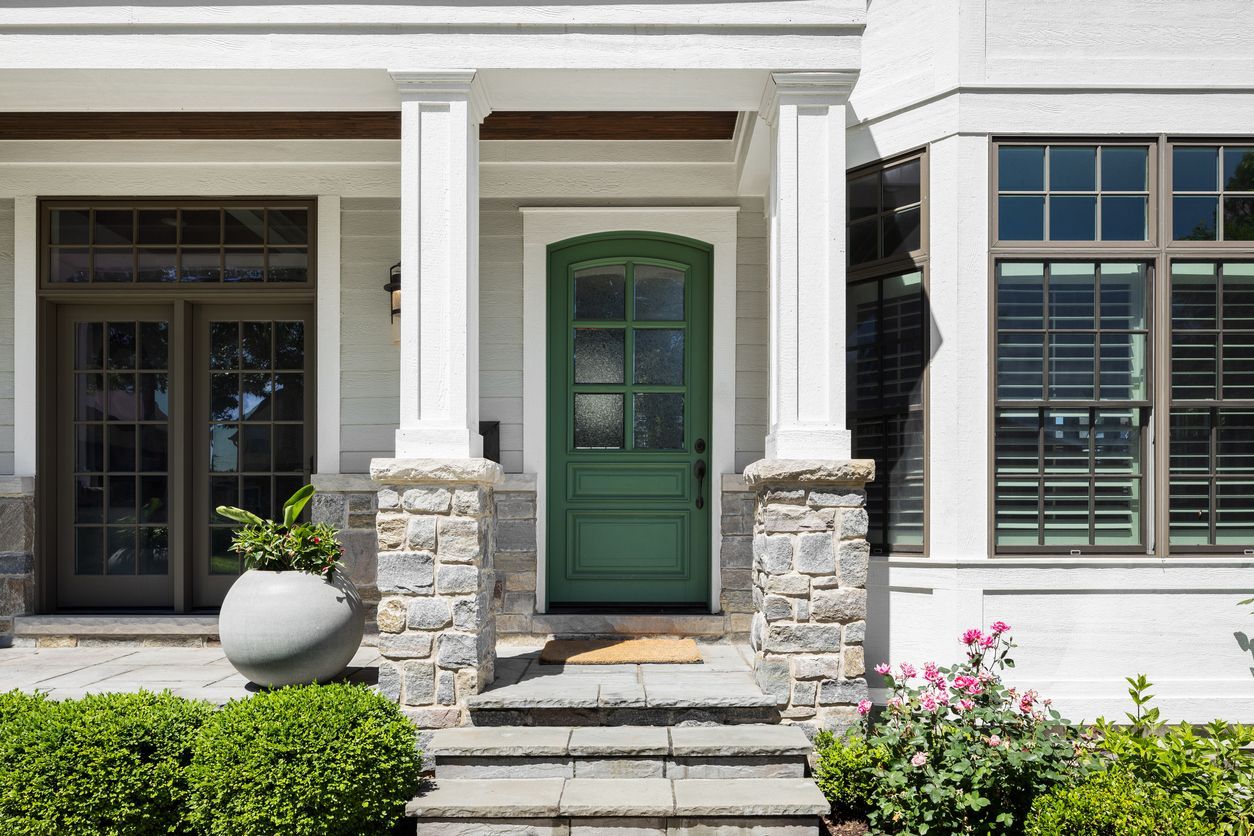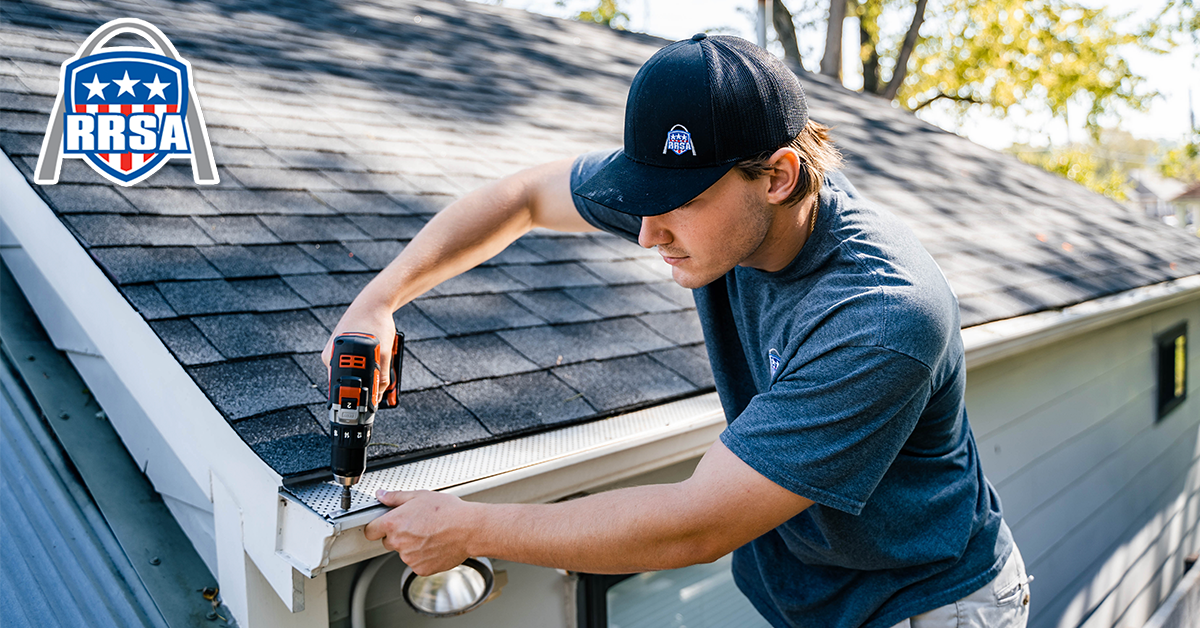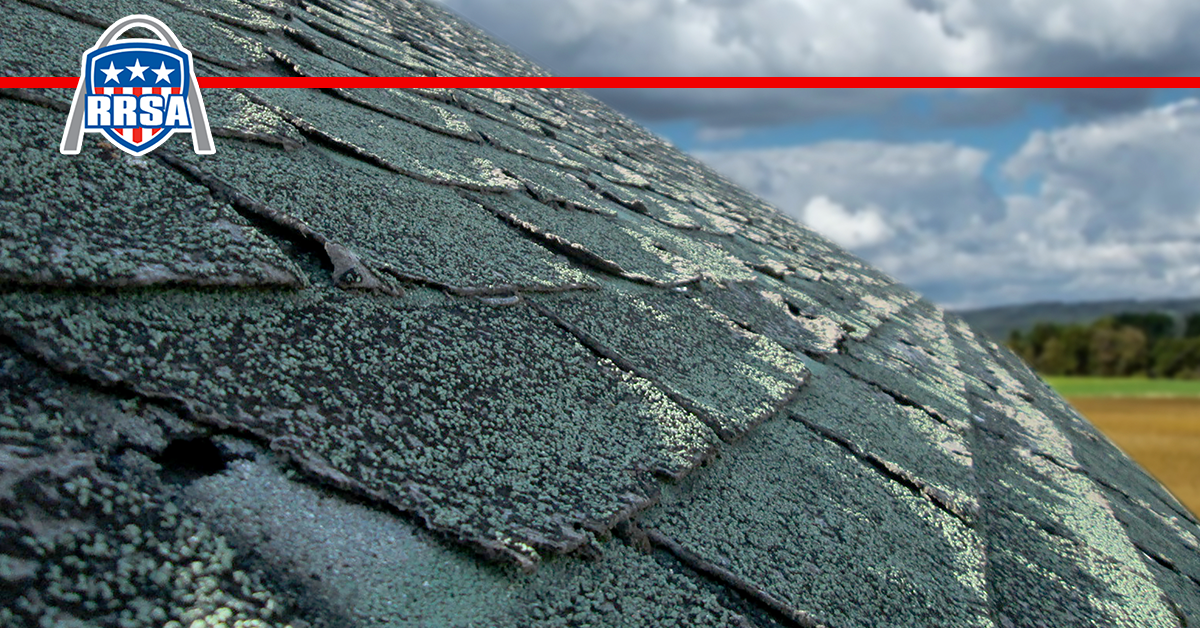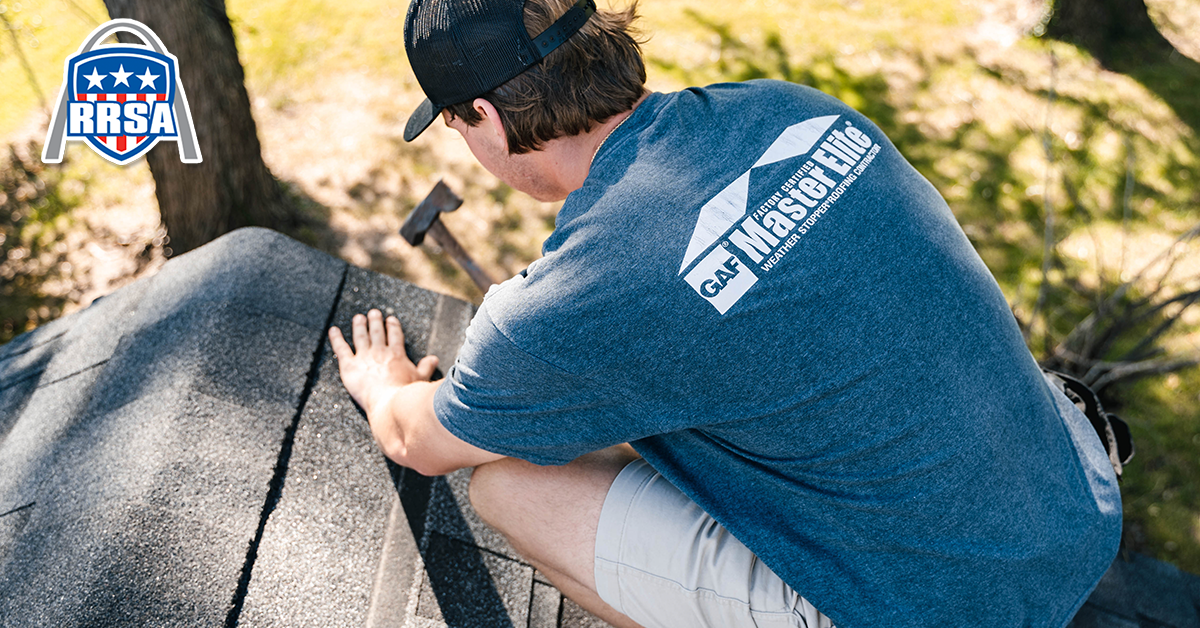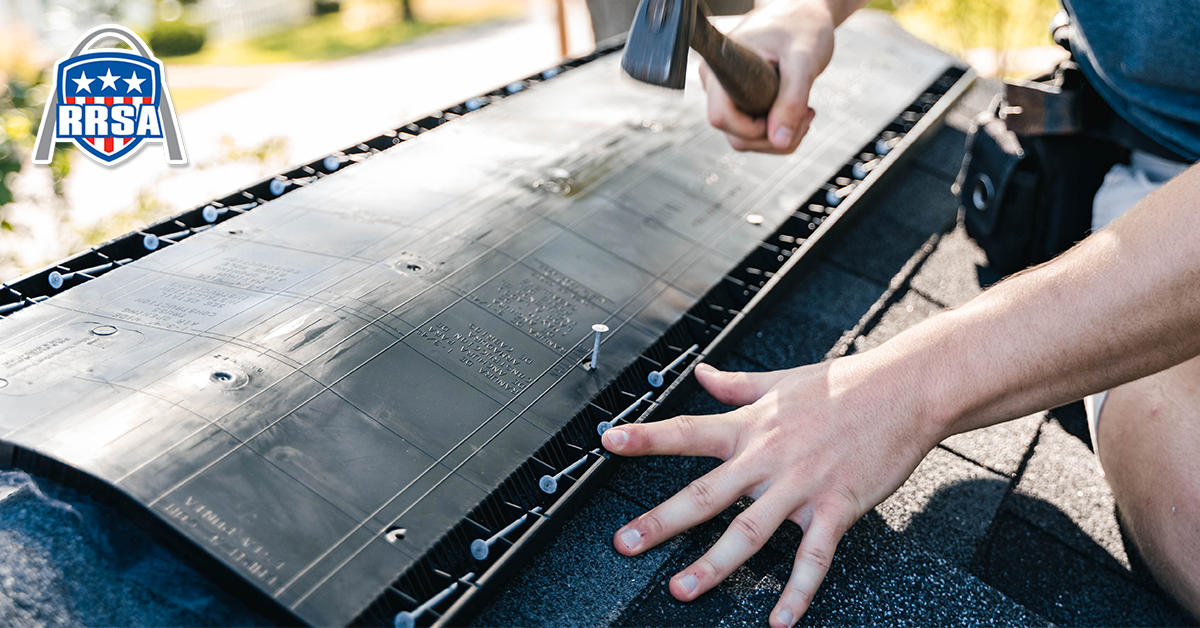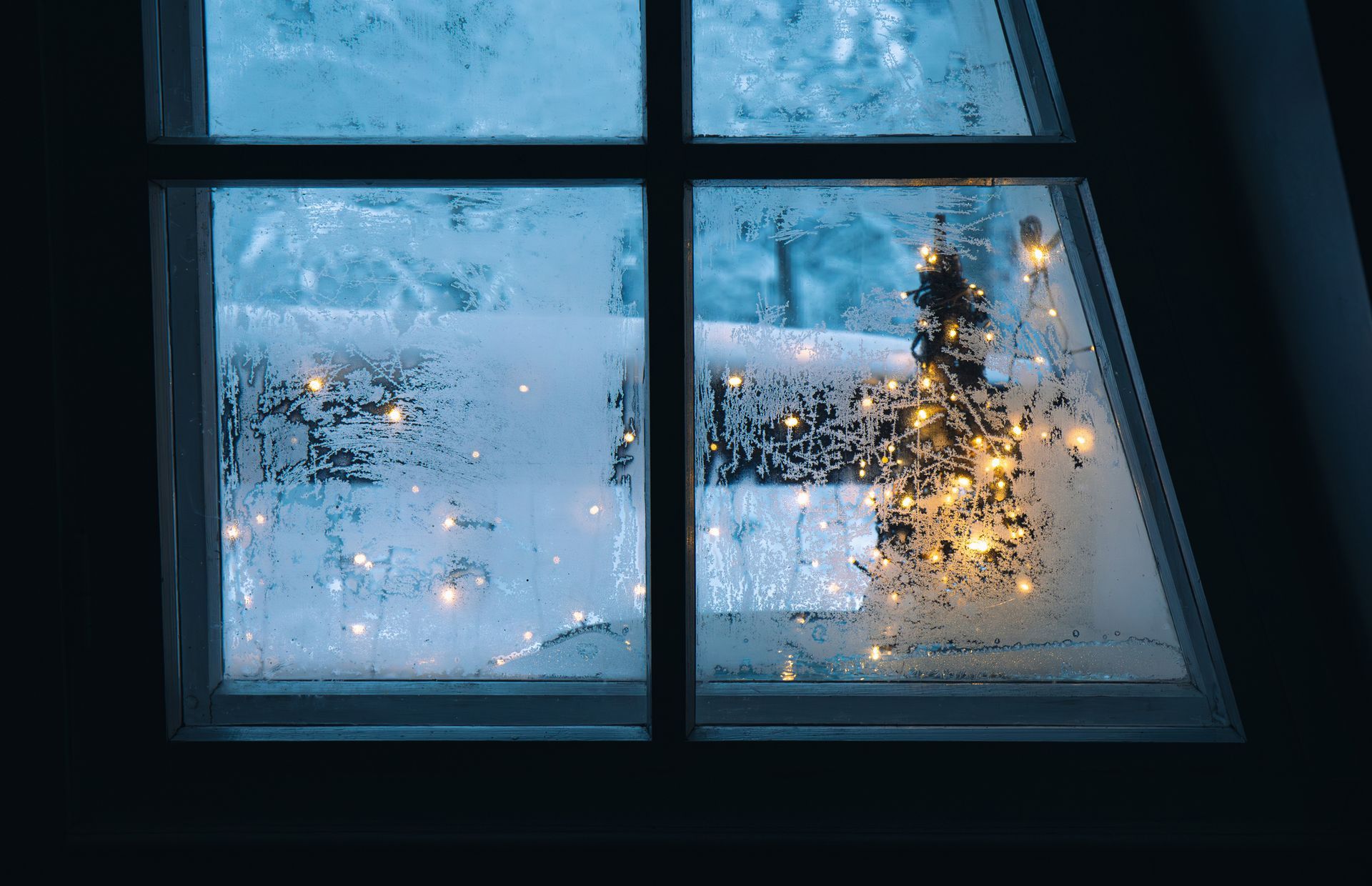Decoding Window Ratings: How U-Factor, SHGC, and Visible Transmittance Affect Your Home
Understanding Window Ratings: U-Factor, SHGC, and Visible Transmittance Explained
When shopping for replacement windows, it’s easy to get lost in the alphabet soup of energy ratings. Terms like U-Factor, SHGC, and Visible Transmittance might sound technical, but they have a huge impact on your home’s comfort, energy efficiency, and monthly bills. At RRSA Windows & Doors, we believe informed homeowners make the best decisions—so here’s a simple breakdown.
U-Factor (Insulation Power):
- Measures how well a window keeps heat inside.
- Lower = better insulation.
- In Missouri’s four-season climate, a low U-Factor means less heat escapes in winter.
SHGC (Solar Heat Gain Coefficient):
- Measures how much heat from the sun passes through your window.
- Lower SHGC = blocks more solar heat (better for hot summers).
- Balanced SHGC helps reduce cooling costs without making your home dark.
Visible Transmittance (Natural Light):
- Indicates how much daylight passes through the glass.
- Higher VT = brighter rooms, less need for artificial lighting.
- A balance of VT + SHGC ensures you enjoy sunlight without overheating.
Why It Matters:
The right balance of these ratings depends on climate and lifestyle. In St. Louis, homeowners benefit most from windows with a low U-Factor, moderate SHGC, and good VT—keeping homes warm in winter, cool in summer, and filled with natural light.
Looking for wndows that maximize efficiency and comfort for Missouri weather? RRSA can help you choose the best options for your home.
Contact us today for a free consultation.
